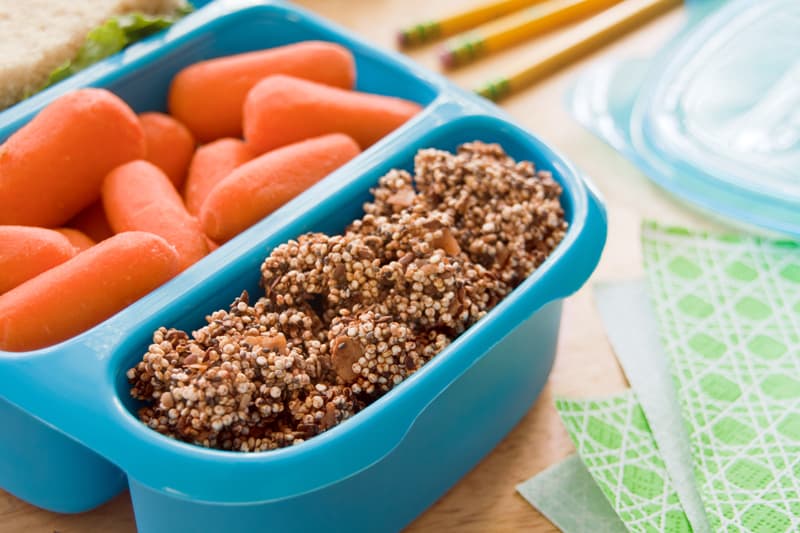Sustainability encompasses many meanings, the least of which is the ability for something to be maintained for future generation use. One important aspect of sustainability is food security, which is defined by the United Nations as the availability and access to sufficient, safe, nutritious food to maintain a healthy and active life. The USDA has compiled data over the years reporting 12.7 percent (15.8 million) of U.S. households to be food insecure at some time during 2015. This includes households which are uncertain of having, or unable to acquire, at some time during the year, enough food to meet the needs of all their members due to insufficient money or other resources for food. From 2013 to 2015, the U.S. national average of food insecurity came in just below 14 percent.

In 2013 the USDA launched a Food Waste Challenge calling on farms, supermarkets, restaurants and schools to join efforts to reduce, recover, and recycle food waste. By decreasing food waste we can mitigate climate change; conserve precious resources such as land, labor and water; reduce hunger and save money. By donating wholesome unsold food from our supermarkets, restaurants and cafeterias to food pantries the percent of American households experiencing food insecurity can be significantly reduced. Schools have a special role in the Food Waste Challenge not only in educating future generations on the importance of natural resource conservation, but also in using methods to reduce, recover and recycle food waste.
Reduce
Cornell University researchers developed The Smarter Lunchrooms Movement, which promotes ways in which school lunchrooms can guide students to make smarter, healthier choices. The program provides schools with 60 different strategies to improve revenue, participation, and healthy eating. Strategies range from offering a variety of fruit and vegetable options, instead of just one, to improving the lunchroom atmosphere.
Recover
Food recovery strategies allow uneaten, wholesome food to be donated to feed people in need. Schools can work with food recovery groups, or start a direct relationship with a local food pantry, to set up a food recovery program in their schools. Students are encouraged to help by working in teams to educate other students on foods that can be donated or composted as well as help with donation collection and drop-offs.
Recycle
According to the U.S. Environmental Protection Agency, at least 20 percent of what goes into municipal landfills is food waste. Discarded food can be diverted from landfills for use as animal feed, compost, or energy generation. Many schools have started on-site composting and garden programs to recycle lunchroom food waste. Schools can also work with nearby farmers to donate food waste as animal feed. Waste such as fryer oil, fats, and grease can be used to make biodiesel and other consumer goods by contacting local biodiesel clubs or a nearby rendering facility.
Food insecurity has become a major challenge for today’s American families. To register your school as a participant in the U.S. Food Waste Challenge, simply complete and submit the K-12 form.